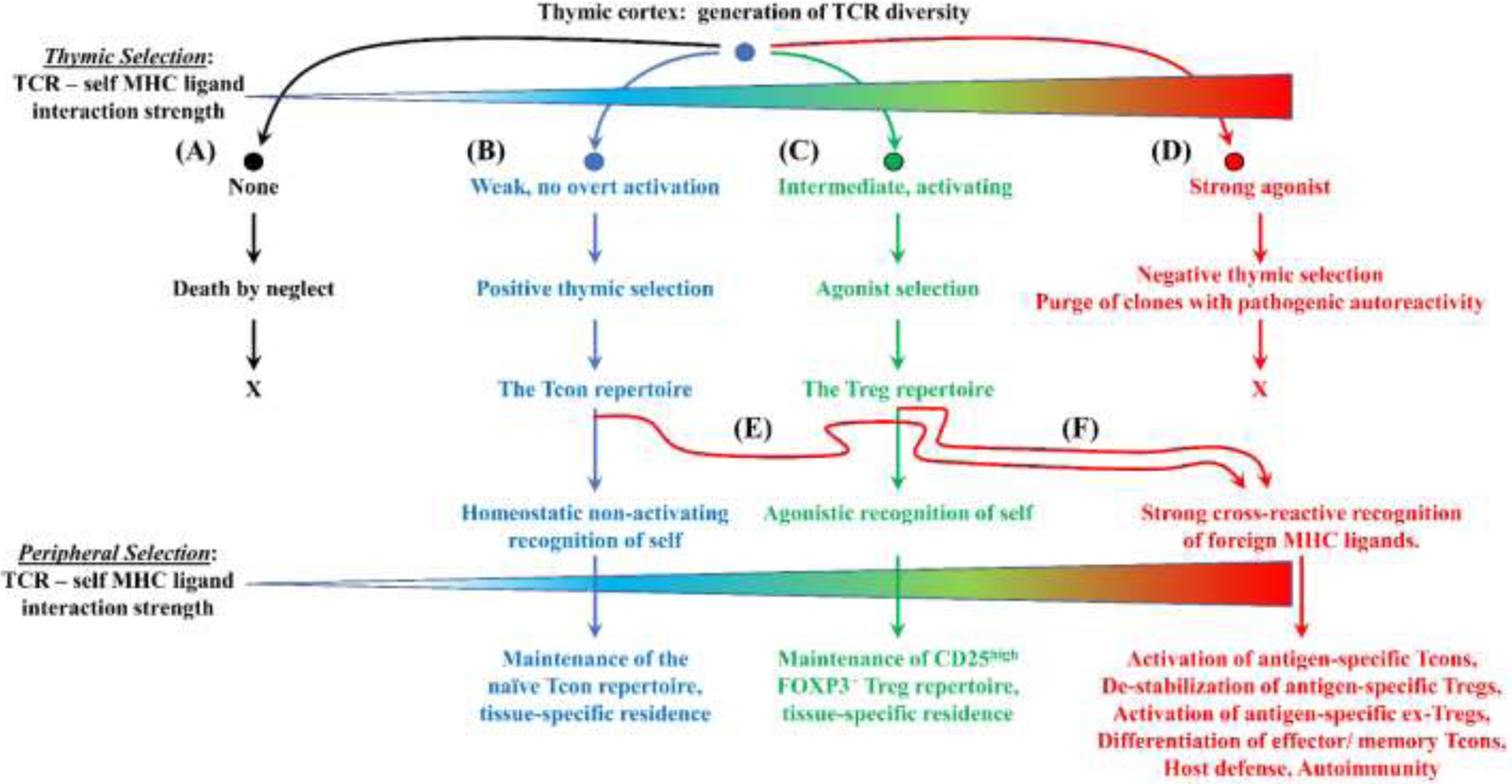Figure 2: The antigen-dependent selection of the T cell repertoire:

A quantitative continuum conceptualized by four zones of TCR ligation efficiencies shape the emerging T cell repertoire during thymic selection with each zone associated with a unique fate. (A) Death by neglect: Thymocytes that lack recognition of any self-MHC/ peptide complex die in the thymus due to the lack of homeostatic signaling. (B) Positive thymic selection: Thymocytes that experience relatively weak, non-activating TCR engagement receive requisite homeostatic signaling and emerge from the thymus as the mature Tcon repertoire. These Tcons continue to recognize positively-selecting self MHC/ peptide ligands in peripheral tissues as requisite survival signals. Many Tcons are thought to establish tissue residence at sites where these clones detect high concentrations of cognate self MHC/ peptide complexes. (C) Agonist selection: Thymocytes that experience intermediate-efficiency agonistic TCR engagement receive requisite survival signaling and emerge from the thymus as the mature Treg repertoire. These Tregs continue to recognize cognate self MHC/ peptide ligands in peripheral tissues as requisite survival signals. Many Tregs are thought to establish tissue residence at sites where these clones detect high concentrations of cognate self MHC/ peptide complexes. (D) Negative thymic selection: Thymocytes that recognize self-MHC/ peptide complex as high-efficiency agonistic ligands die in the thymus due to excess agonistic signaling. (E-F) Tcons and Tregs may cross-react and recognize foreign antigens as strong agonists and contribute to host defense.
